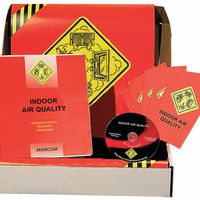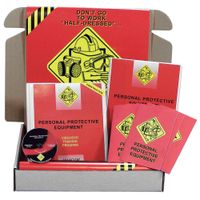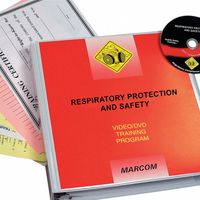.....Read More

Bloodborne Pathogens & Diseases Safety Training

Chemical & Hazardous Substances Safety Training

Confined Spaces Safety Training

Construction Safety Training

DOT & Driver Safety Training

Electrical Safety Training

Emergency Eyewash & Shower Safety Training

Environmental Safety Training

Ergonomics Training

Fall Protection & Working at Heights Safety Training

Fire Safety Training

First Aid & First Responder Safety Training

Food Processing & Handling Training

Health & Wellness Training

Lockout Tagout Safety Training

Machine & Equipment Safety Training

OSHA & Workplace Safety Training

Personal Protective Equipment Safety Training

Respiratory Safety Training

Slips, Trips & Falls Safety Training

Vehicle Safety, Inspection & Maintenance Training

Welding & Hot Work Safety Training
Frequently Asked Questions
What are the key components of workplace safety training?
How often should workplace safety training be conducted?
What are the legal requirements for workplace safety training?
How can employers ensure compliance with safety regulations?
What are the most common workplace safety hazards?
How can technology be used to enhance workplace safety training?
What are the benefits of workplace safety training for employees and employers?